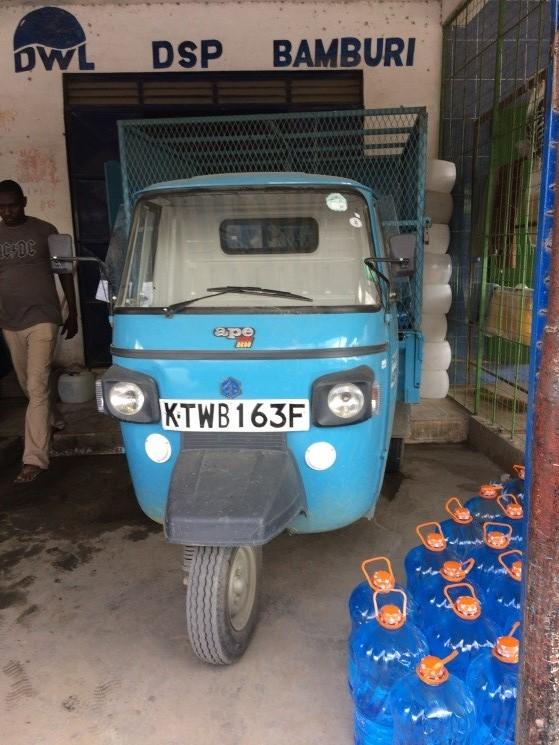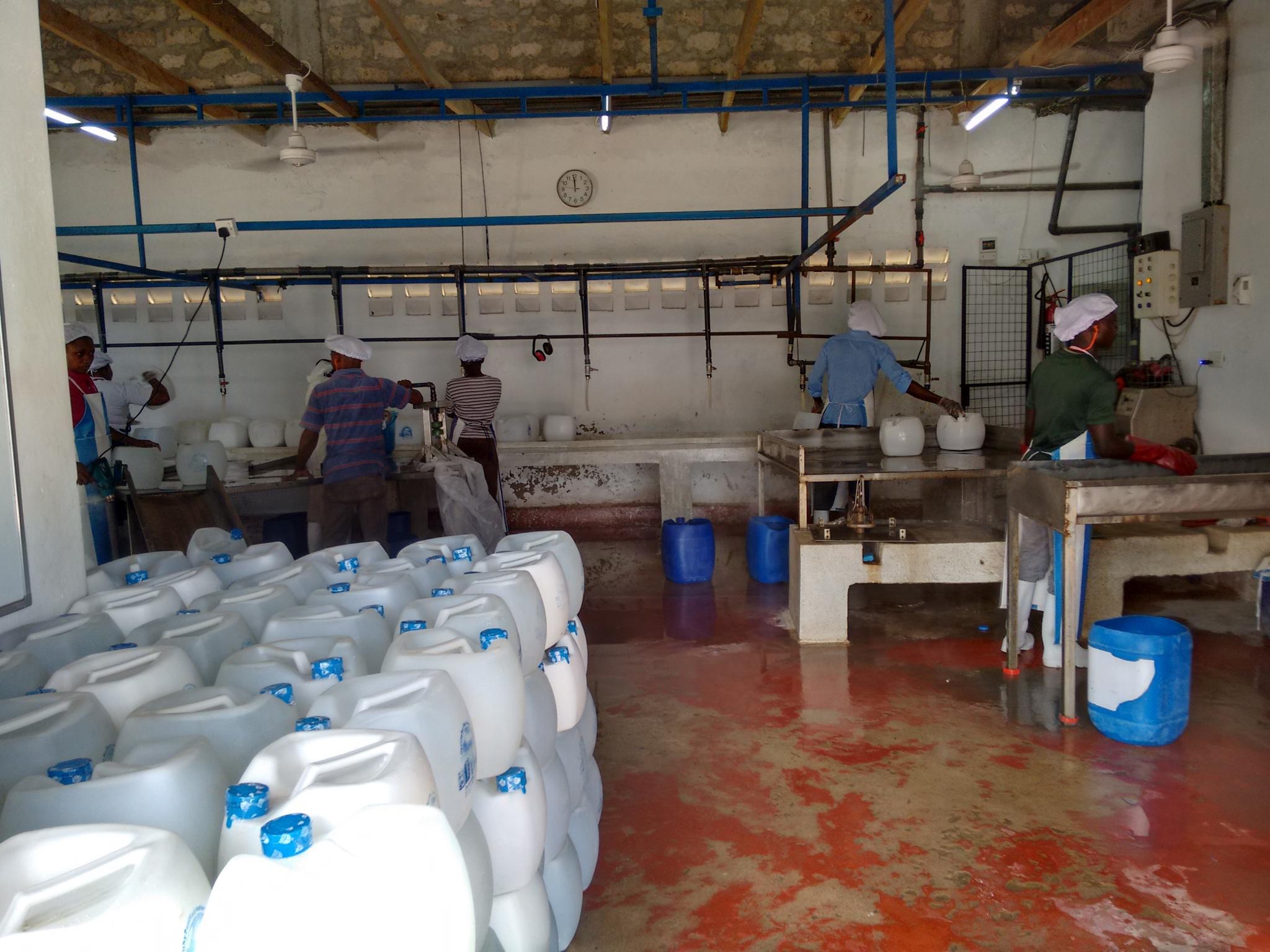Health & Water Sectors in East Africa - Part 2
CFIA PhD candidate Rachel Howell is doing her fieldwork in Kenya. Next week she will return to Mtwapa, a coastal town 10 km's north of Mumbassa for the second part of her field work on Dutch Water Limited, a Dutch firm that produces and sells purified water. In the coming months she will also compare the Dutch Water Limited case with Jibu, a 'social enterprise' that operates in Rwanda and Uganda. This is Rachel's second blog about her experiences in Kenya:
Rachel - comparing different contexts where taxes are a lower and the differences in business models will allow for a discussion of the types of consumers both companies are reaching

I’ve completed my preliminary round of field work and networking before the holidays and several interesting hypotheses have come up that will guide me as the research continues this coming year. Although Dutch Water Limited (DWL) perhaps started with a more socially oriented mission of providing drinking water for all and they still engage in activities like providing free water to schools in the region, due to the tax increase business has begun to shift. Currently, DWL’s main revenue generating product is a 10L reusable jerry can, this product is more affordable for lower income consumers although still it seems likely most low income consumers do not purchase bottled water or purchase other brands. However, since the increase in water prices DWL’s main product sales and cliental have shifted from upper lower income customers buying the 10L jerry can to the higher margin 330 ml water pouches that are sold in bulk to larger clients like schools and government institutions. The shift in revenue generating products also suggests a change in the focus of DWL from being socially oriented and providing clean drinking water to low income consumers to a more profit oriented approach. Additionally, the change in clientele has resulted in the need to increase water production. Rather than hiring more staff, the choice was made to invest in technology to rapidly fill larger quantities of water bottles. The decision to purchase technology allows for quicker scaling up but again perhaps reflects a less socially oriented approach since hiring more staff would perhaps increase the development impact of DWL by increasing employment opportunities in the region.
Another interesting result of the tax increase that will be explored this year is how price influences the perception of water quality. When the tax increase first occurred, initially all water companies increased their prices and competition was level, however after a few months competitors made arrangements with the tax authorities (most likely by paying off tax officials) and were able to dramatically decrease their prices. To keep up with competition DWL also decreased prices (from the initial raised price of 130 shillings/10L jerry can to 115 shillings). During the period of the price decrease DWL sales fell by 50%. Although the drop in sales could have been due to seasonal factors, one explanation from DWL’s sales manager is that most of DWL’s customer purchase Dutch Water due to its high quality and a sudden price decrease would suggest that the decrease occurred due to lower quality water. Since then prices returned to 130 shillings and sales, although still lower than before the tax increase, levelled out. It seems likely that DWL reaches a specific segment of the market that cares about quality and as previously hypothesized is not low income. This hypothesis also fit with the initial consumer interviews conducted, that showed that brand loyalty was strong due to DWL’s higher quality water. Additionally, DWL’s consumers who showed brand loyalty held a higher education level.

In the coming months, DWL’s consumers and vendors will be surveyed and the case will be compared with another water company operating in East Africa (Rwanda and Uganda), Jibu. Jibu takes a more explicit “social enterprise” approach and targets bringing opportunities to entrepreneurs through their franchise model. Given the changes in DWL over the last year, comparing different contexts where taxes are a lower and the differences in business models will allow for a discussion of the types of consumers both companies are reaching and whether a more socially oriented vs profits approach brings water to lower income consumers and achieves greater development impact.
